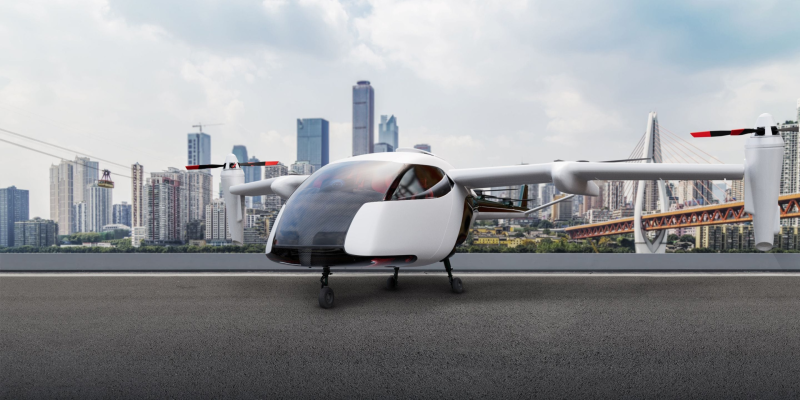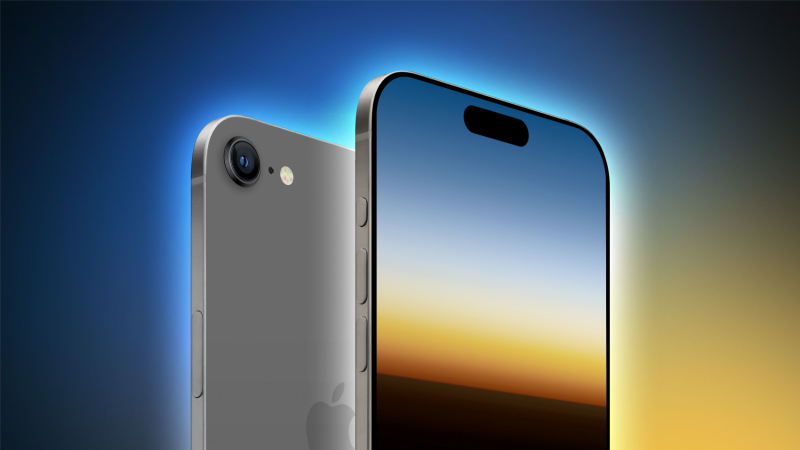I. Introduction
The iPhone has always been a benchmark for smartphone design and innovation. From its inception to the latest models, Apple has consistently pushed the boundaries of what a smartphone can be. The latest addition to this legacy is the iPhone 17 Air, a device that promises to redefine thinness and portability. This article will delve into the ultra-light design of the iPhone 17 Air and explore its potential impact on the future of smartphones.

II. The iPhone 17 Air: A Leap in Thinness
A. Record-Breaking Thickness of 5.5mm
The iPhone 17 Air is set to become Apple’s thinnest smartphone ever, with a thickness of just 5.5mm. This remarkable achievement is a significant departure from previous models, such as the iPhone 16, which measures 7.8mm, and the iPhone 16 Pro, which is 8.25mm thick. The ultra-thin design not only makes the device more portable but also sets a new standard for the industry.
B. Comparison with Previous Models
Compared to its predecessors, the iPhone 17 Air represents a 30% reduction in thickness from the iPhone 16 and a 33% reduction from the iPhone 16 Pro. This level of thinness is unprecedented and highlights Apple’s commitment to pushing the limits of smartphone engineering.
III. Design Innovations
A. Sleek Aluminum Chassis
To achieve such an ultra-thin profile, Apple has opted for an aluminum chassis instead of the titanium casing used in its Pro models. This material choice not only contributes to the device’s thinness but also maintains the durability and elegance that Apple products are known for.
B. Rear Camera Strip Design
One of the most striking visual changes in the iPhone 17 Air is the rear camera strip design. This innovative layout features a single camera positioned centrally at the top of the device, accompanied by a microphone and LED flash. This minimalist approach not only enhances the aesthetic appeal but also frees up space for other components.
IV. Technical Specifications and Performance
A. A19 Chip and 8GB RAM
Under the hood, the iPhone 17 Air is powered by Apple’s latest A19 chip. While not as powerful as the A19 Pro, this processor is still expected to deliver impressive performance. Coupled with 8GB of RAM, the device should offer smooth multitasking and a seamless user experience.
B. Apple’s Self-Developed 5G Modem
Another notable feature of the iPhone 17 Air is the inclusion of Apple’s self-developed 5G modem. This marks a significant step towards reducing Apple’s reliance on external suppliers like Qualcomm. The custom modem is expected to provide faster and more reliable 5G connectivity, as well as improved efficiency in handling Wi-Fi, Bluetooth, and GPS signals.
V. Trade-offs for Thinness
A. Reduced Battery Capacity
Achieving such a thin design comes with certain trade-offs. One of the most notable compromises is the reduced battery capacity. With a thickness of only 5.5mm, the iPhone 17 Air’s battery is expected to be smaller than that of the iPhone 17 standard model, potentially falling below 4000mAh. This could lead to concerns about battery life, especially for users who rely heavily on their devices throughout the day.
B. Single Rear Camera
Another trade-off for the ultra-thin design is the decision to include only a single rear camera. While this camera is expected to be a high-quality 48-megapixel sensor, the absence of additional lenses means users will have to forgo features like ultra-wide-angle photography. This simplification is a clear indication that Apple prioritized thinness over camera versatility in this model.
VI. Market Positioning and Target Audience
A. Replacing the iPhone 16 Plus
The iPhone 17 Air is positioned to replace the iPhone 16 Plus. This move reflects Apple’s strategy to streamline its product lineup and focus on delivering a more cohesive range of devices. The Air model aims to fill the gap between the standard iPhone 17 and the more premium iPhone 17 Pro.
B. Appeal to Young and Business Users
The ultra-thin design of the iPhone 17 Air is expected to attract a specific demographic. Young users who prioritize portability and aesthetics, as well as business professionals who need a lightweight device for travel, are likely to be the primary target audience. This positioning aligns with market trends that show a growing preference for thin and lightweight smartphones.
VII. The Role of iPhone 17 Air in Apple’s Future Plans
A. A Testing Ground for Future Devices
The iPhone 17 Air is more than just a standalone product; it serves as a testing ground for future innovations. Apple is known for its long-term vision, and the Air model is likely to be a precursor to even more advanced devices. The lessons learned from this ultra-thin design will undoubtedly inform the development of future products, such as foldable iPhones.
B. Paving the Way for Foldable iPhones
One of the most exciting prospects related to the iPhone 17 Air is its potential role in paving the way for foldable devices. With a thickness comparable to the iPad Pro, the Air model demonstrates Apple’s ability to create ultra-thin yet functional devices. This experience will be invaluable as Apple continues to explore the possibilities of foldable technology.
VIII. Conclusion
A. The iPhone 17 Air’s Impact on the Industry
The iPhone 17 Air represents a significant milestone in smartphone design. Its ultra-thin profile and innovative features set a new standard for what consumers can expect from their devices. As Apple continues to push the boundaries of technology, the iPhone 17 Air is likely to inspire other manufacturers to follow suit, leading to a new wave of thin and lightweight smartphones.
B. Anticipation for the Official Launch
With the official launch of the iPhone 17 Air still a few months away, anticipation is at an all-time high. Consumers and tech enthusiasts alike are eager to see how this groundbreaking device will perform in the real world. The iPhone 17 Air is not just a phone; it is a statement of Apple’s commitment to innovation and a glimpse into the future of mobile technology.
Frequently Asked Questions:
- How thin is the iPhone 17 Air compared to previous models?
- The iPhone 17 Air measures just 5.5mm in thickness, making it 30% thinner than the iPhone 16 and 33% thinner than the iPhone 16 Pro.
- What are the key design changes in the iPhone 17 Air?
- The iPhone 17 Air features a sleek aluminum chassis and a rear camera strip design with a single camera positioned centrally at the top.
- What are the trade-offs for the ultra-thin design?
- The iPhone 17 Air has a reduced battery capacity and a single rear camera to accommodate its thin profile.
- Who is the target audience for the iPhone 17 Air?
- The device is aimed at young users and business professionals who prioritize portability and a lightweight design.
- How does the iPhone 17 Air fit into Apple’s future plans?
- The iPhone 17 Air serves as a testing ground for future innovations and could pave the way for foldable devices.
- What are the technical specifications of the iPhone 17 Air?
- The device is powered by the A19 chip, has 8GB of RAM, and features Apple’s self-developed 5G modem.





